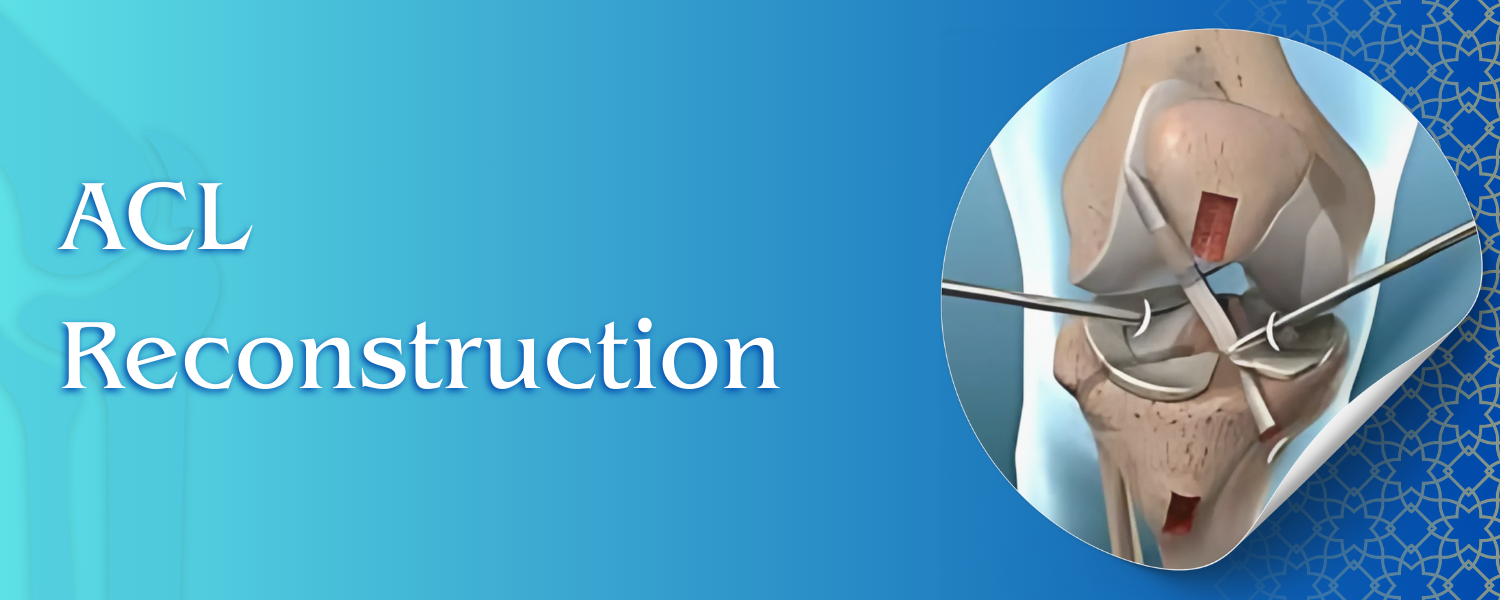
ACL (Anterior Cruciate Ligament) reconstruction is a surgical procedure to replace a torn ACL in the knee using a tendon graft. The ACL is a crucial ligament that stabilizes the knee, and its tear can lead to instability, pain, and restricted movement. ACL injuries are common in athletes and individuals involved in sports requiring sudden stops, pivots, or jumps.

.png)
Persistent knee instability after an ACL tear.
Difficulty walking, running, or engaging in sports.
Recurrent knee buckling or giving way.
Active individuals who want to return to sports or high-impact activities.
Additional knee injuries (e.g., meniscus tears) requiring surgical intervention.
Patellar Tendon Graft – Strong and commonly used; may cause mild kneeling discomfort.
Hamstring Tendon Graft – Less pain at the donor site, good flexibility.
Quadriceps Tendon Graft – Used in revision surgeries or for large patients.
Taken from a cadaver; avoids donor site pain but has a slightly higher failure rate in young athletes.
Artificial ligaments (e.g., LARS ligament) are rarely used but an option in select cases.
.png)
.png)
MRI and clinical tests to confirm ACL tear.
Prehabilitation exercises to strengthen muscles and improve recovery.
Performed under spinal or general anesthesia.
Small incisions are made to insert a camera (arthroscope) and surgical instruments.
The damaged ACL is removed and replaced with a graft.
The graft is fixed using screws or bio-absorbable implants.
Knee brace and crutches used for initial support.
Pain management with medications and cold therapy.
Early physical therapy to regain motion and strength.